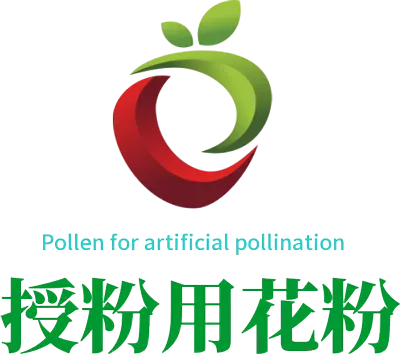Jul . 28, 2024 13:04 Back to list
Understanding Pollen Collection Techniques for Male Kiwifruit Flowers in Agricultural Supply Chains
Pollen Collection of Male Flowers of Kiwifruit Supplier
Kiwifruit, scientifically known as *Actinidia deliciosa*, is a hardy vine native to China. Its popularity has soared in recent years due to its rich nutritional value and unique taste. A crucial element in the successful cultivation of kiwifruit is the pollination process, primarily facilitated by its male flowers, which are indispensable for fruit set. This article explores the significance of pollen collection from male kiwifruit flowers and its implications for suppliers, farmers, and the overall kiwifruit industry.
Understanding the Kiwifruit Flower
Kiwifruit plants are dioecious, meaning they have separate male and female plants. Male plants produce flowers that are rich in pollen, while female flowers are essential for fruit production. The distinction is critical for effective pollination, at least one male plant must be present for every six to eight female plants. Male flowers generally bloom earlier in the spring, coinciding with the emergence of female flowers. This timing is essential for successful cross-pollination.
The Importance of Pollen Collection
Collecting pollen from male kiwifruit flowers is vital for several reasons. For suppliers and producers, ensuring a consistent and high-quality pollen supply can significantly influence fruit set and quality. Pollen collection allows for the maintenance of genetic diversity within a kiwifruit orchard, leading to resilient crops that can adapt to environmental changes. Moreover, pollen can be stored and used to enhance pollination in subsequent seasons, making it a practical resource for orchards with irregular flowering times.
Techniques for Pollen Collection
pollen collection of male flowers of kiwifruit supplier

The process of pollen collection from male kiwifruit flowers involves several steps to ensure maximum pollen viability. Firstly, selecting the right time for collection is crucial; early morning is typically the best time as the pollen is fresh and most active. Careful handling is essential during this phase, as pollen grains are delicate and can be easily damaged.
There are various methods for pollen extraction, including direct mechanical tapping of the flowers or using fine brushes to collect pollen. Another increasingly popular technique involves the use of vacuum methods, which can efficiently gather large amounts of pollen without damaging the flowers. Once collected, the pollen should be adequately dried and stored in a cool, dry place to maintain its viability.
Addressing Challenges
One of the significant challenges in pollen collection is the potential for low yields due to environmental factors, such as unfavorable weather conditions or improper management practices. Additionally, the timing of male and female flower blooming can be inconsistent, affecting the synchronization of pollination. To mitigate these issues, suppliers can implement better monitoring systems and environmental controls within orchards, ensuring optimal conditions for both male and female flower development.
Conclusion
Pollen collection from male kiwifruit flowers stands as a pivotal practice in the kiwifruit supply chain. It plays a critical role in ensuring effective pollination, enhancing fruit quality, and promoting genetic diversity within orchards. As demand for kiwifruit continues to rise globally, the emphasis on efficient pollen management will only grow in significance. By investing in research, technology, and training, kiwifruit suppliers and farmers can optimize their practices, ultimately leading to greater yields and a sustainable future for the kiwifruit industry. Without a doubt, understanding the intricacies of pollen collection is key to flourishing in this competitive market.
-
High-Viability Male Kiwipollen for Sale | Boost Yield
NewsAug.06,2025
-
Eco Fruit Paper Bags for Peak Freshness | Durability Focused
NewsJul.31,2025
-
Pollen Peach Tree for Pure Pollination and High-Quality Peach Pollen
NewsJul.30,2025
-
Premium Cherry Pollen for Pure Pollination & Different Types
NewsJul.30,2025
-
Artificial Pollination Solutions for Various Plant Pollen Types
NewsJul.29,2025
-
Artificial Pollination Solutions for All Plant Pollen Types
NewsJul.29,2025